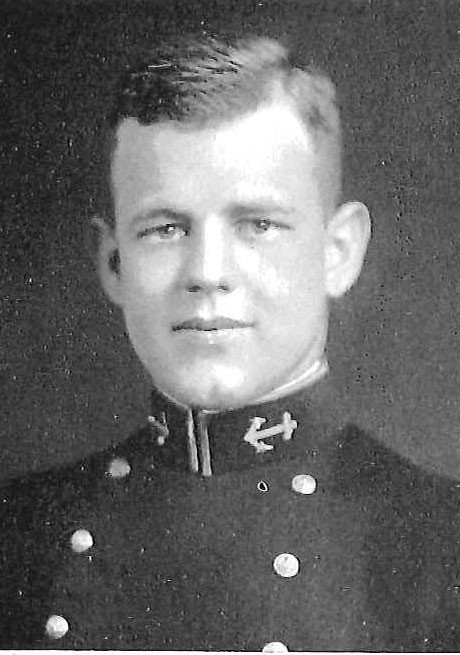Cobia (SS-245)
1944-1954
A food fish found in warm waters.
(SS-245: displacement 1,526; length 311'9"; beam 27'3"; draft 15'3"; speed 20 knots; complement 60; armament one 3-inch, ten 21-inch torpedo tubes; class Gato)
LIeutenant Commander Albert Lilly Becker assumed command of Cobia in March 1944. During his time in command, he completed five war patrols before his detachment in July 1945. For outstanding service during his period of command, he was awarded the Navy Cross, Silver Star Medal, and a Letter of Commendation with Ribbon and Combat “V.”
Cobia (SS-245) was launched 28 November 1943 by Electric Boat Co., Groton, Conn.; sponsored by Mrs. C. W. Magruder; and commissioned 29 March 1944, Lieutenant Commander A. L. Becker in command.
Cobia reached Pearl Harbor from New London 3 June 1944. On 26 June she put to sea on her first war patrol, bound for the Bonin Islands. On 13, 17, and 18 July she sank Japanese freighters, and on 20 July sank three small armed ships in a running gun battle. One of them rammed Cobia, causing minor damage, but she continued her mission, sinking a converted yacht of 500 tons on 5 August, one of whose survivors she rescued as her first prisoner of war.
After refitting at Majuro from 14 August to 6 September 1944, Cobia sailed into the Luzon Straits for her second war patrol, a mission punctuated again and again by attacks by Japanese aircraft. On 22 October, she rescued two survivors of a Japanese ship previously sunk by one of Cobia's sisters. She put into Fremantle to refit 5 November, and cleared on her third war patrol 30 November. Sailing into the South China Sea, she reconnoitered off Balabac Strait between 12 December and 8 January 1945, and on 14 January sank the minelayer Yurishima off the southeast coast of Malay. Surfacing to photograph her sinking victim, Cobia was driven under by a Japanese bomber. Next day she rescued two Japanese from a raft on which they had been adrift 40 days.
Once more she refitted at Fremantle between 24 January and 18 February 1945, then sailed to the Java Sea for her fourth war patrol. On 26 February she engaged two sea trucks, one of which resisted with machinegun fire which killed one of Cabia's crew and damaged her radar equipment. After sinking both sea trucks, Cobia interrupted her patrol for repairs at Fremantle from 4 to 8 March, then returned to the Java Sea, where on 8 April she rescued seven men, the surviving crew of a downed Army bomber.
Cobia replenished at Subic Bay from 15 April to 9 May 1945, then put out for the Gulf of Siam and her fifth war patrol. On 14 May she attacked a cargo ship, but was driven deep by depth charges hurled by a minesweeper. Luck changed on 8 June, when Cobia contacted a tanker convoy, and sank both a tanker and the landing craft Hakusa. She refitted once more at Fremantle between 18 June and 18 July, then sailed for her sixth and final war patrol. After landing intelligence teams along the coast of Java on 27 July, Cobia sailed to act as lifeguard during air strikes on Formosa until the end of hostilities, returning to Saipan 22 August.
She sailed on for Pearl Harbor, New York, Washington, and New London, where she was decommissioned and placed in reserve 22 May 1946. Recommissioned 6 July 1951, Cobia trained reservists and Submarine School students at New London until placed in commission in reserve at the Portsmouth Naval Shipyard 29 October 1953. After overhaul, she was towed to New London, where she was again placed out of commission in reserve 19 March 1954. Cobia was stricken from the Naval Vessel Register on 1 July 1970.
Of Cobia's six World War II patrols, the first, third, fourth, and fifth were designated as "successful" war patrols, for which she received four battle stars. She was credited with having sunk a total of 16,835 tons of shipping.



